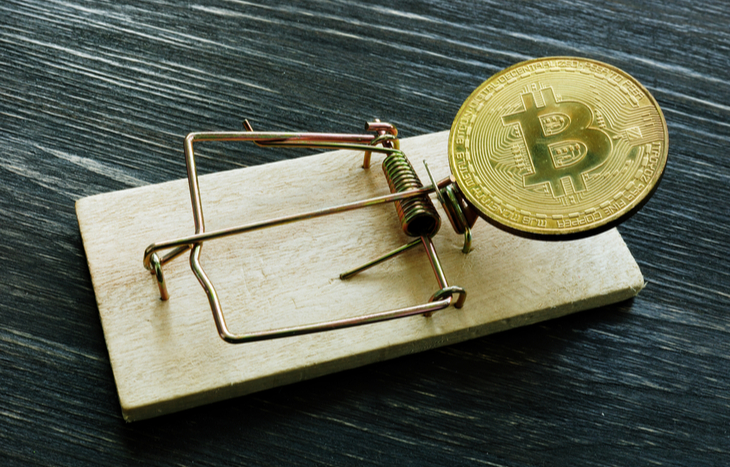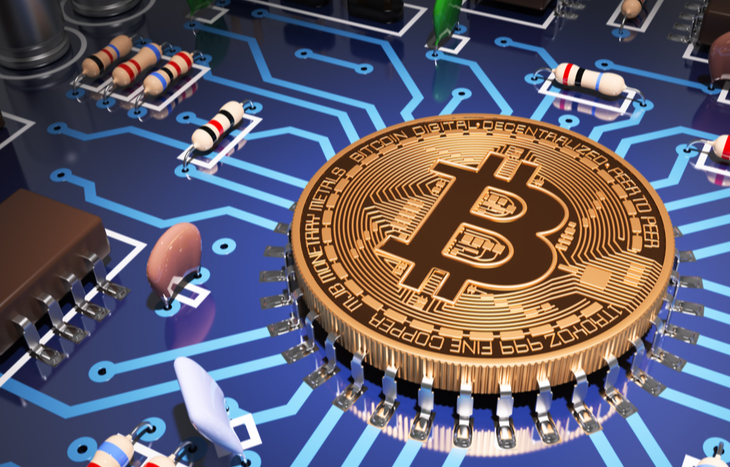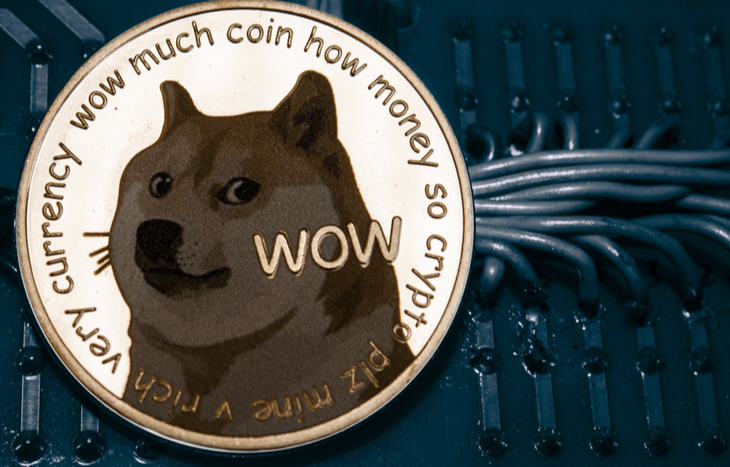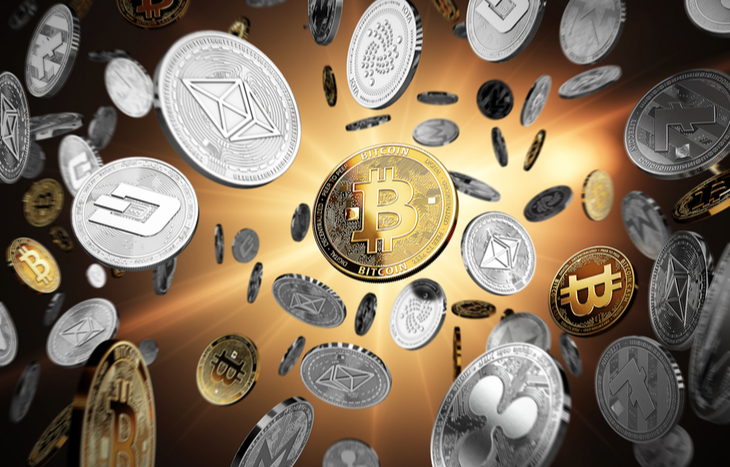Crypto Scams: Four Keys To Avoiding Potential Rug Pulls

With cryptocurrency prices on the rise another thing investors should expect to see rising are crypto scams. They’re growing so commonplace; the FBI even issued a public service announcement about schemes involving crypto ATMs and QR codes.
In all honesty, most scams involving crypto are pretty easy to spot and avoid. For instance, some come via email. While it may not be from a Nigerian prince, they can still be deceptive. It may look exactly like an email from a legitimate crypto exchange. But it’s usually easy to figure out if it’s legit or not. Each email client operates a little different. However, each have a way to take a closer look at the actual sender’s email address. So, whenever you get an email announcing access to a new coin offering… Or anything requiring access to your digital wallet… Always double check the validity of the sender’s email address. Because it could easily be a crypto scam.

Social media is another place rife with scams. Impersonators and bots run rampant. From Twitter (NYSE: TWTR) to Reddit and everything in between, it’s usually not a good idea to take heed of a crypto offer that comes via social media. And it’s an equally bad idea to send crypto to someone asking for crypto at these places.
Then of course there are fake apps. Google Play and Apple’s App Store have been prone to occasionally have fakers among the legitimate ones. These can be a crypto wallet, exchange or other apps. And if they’re used like the real thing, these apps can make off and run with your crypto fortunes… Never for them to be seen again.
Then of course, there’s the king of crypto scams: The rug pull.
Ways to Spot the King of Crypto Scams
The other crypto scams mentioned above are nothing new. The only thing that sets them apart is the quest for your crypto… instead of your bank account or credit card number. But a rug pull is something else entirely.
The easiest way to avoid a rug pull is by avoiding decentralized exchanges like Uniswap, SushiSwap or PancakeSwap. At these types of exchanges, liquidity is easily “pulled” away by a token’s developers. (This typically can’t happen at a major exchange.) That means investors are left unable to buy or sell that token going forward. And whatever money was sunk in that token is more or less gone forever.
It’s sad, but it’s also important to know these kinds of things happen. Just knowing it’s a possibility can be enough to avoid losing your life savings in rug pull. Don’t be reckless with your money! Even if it seems like a “sure thing.”
That being said, savvy crypto investors aren’t going to avoid decentralized exchanges. We’re not, that’s for sure. These are the places where new coins with the most potential first show up. But before you start trading for the latest and greatest token, there are a couple of things to look for in order to avoid having the rug pulled from under you.
Rule No. 1: Mind the Liquidity
For most tokens, developers supply the liquidity pool (LP). But it can be supplied by anybody. A simple example of this is the developers of a new token provide the exchange with their token and Binance Coin (BNB). This establishes a liquidity pool for the swap between their token and BNB in the future.
When traders use a decentralized exchange, they often trade an established coin (again, like BNB) for the token they’re looking for. Or they trade said token for BNB. This results in the liquidity provider receiving a reward for providing liquidity. And this also serves as verification that a piece of the liquidity pool is being held.
All of this ensures that even if the liquidity provider lost access to the liquidity pool tokens, no liquidity would be pulled. In turn, investors would be able to continue trading the new token. So a key red flag for one of these crypto scams is a lack of liquidity.
Rule No. 2: Watch it Burn
When a new crypto is released, there should be a mention in its whitepaper (or at least somewhere on its website) about burned tokens. These burned tokens should be sent to burn addresses (often ending in “00dEad”). This helps ensure that the developers are prevented from redeeming liquidity pool tokens… And in turn, removing liquidity. (See above for why that’s bad.) No burn = a major red flag.
Rule No. 3
In addition to security measures mentioned above, another thing to look for in crypto scams is whether tokens lock their liquidity pool tokens in a smart contract. It also helps to find out how much of the token’s supply is locked and for how long. If the flood gates open fast and furiously from the start, that’s often a big red flag.
If there’s no mention about the locked tokens on the token’s website or whitepaper, it’s worth sending the developers a message to find out more. They should definitely be able to offer proof about the how much and for how long supply is locked for. No details offered, should probably mean no investment dollars spent.
Rule No. 4 Use Common Sense
Apply the same logic you would to any investment. If a business were looking for your investment dollars but it didn’t have a website, would you still invest? What if there were a whole bunch of typos or grammar issues on it? At the very least, we’d prefer they at least fix that before earning our investment dollars.
And the same goes for the social media platforms used to promote it. Are the developers responding to the community? Is there two-way engagement? Or is it just a lot of blustery “To the moon!” nonsense? And when in doubt, it can be helpful to go the peer-reviewed route. You can drop a crypto’s ticker into Coinsniper to see how others feel about it. It’s not a fool-proof way to avoid crypto scams, but it can give you a leg up on other investors.
The Bottom Line On Crypto Scams
A while ago we heard some crypto investors talking at a conference. One said to the other, “You don’t know crypto ‘till you’ve been scammed.” Well, that’s horrible guidance. It’s also patently untrue. It’s certainly not impossible to get rooked by crypto scams and still be an investor. Getting scammed isn’t a rite of passage into the crypto-verse. And if you follow the advice above, you’ll be head and shoulders above most investors.
Furthermore, if you’re looking for crypto investment opportunities that are all but scam-proof, we suggest signing up for Manward Financial Digest. In it, crypto expert Andy Snyder helps guide new and seasoned investors towards the coins and tokens that will revolutionize the way cryptocurrencies are thought of… And shoot up in value, with any luck. If you’d like to learn more about Andy’s thoughts on crypto, all you have to do is enter your email address in the box below to get started.







